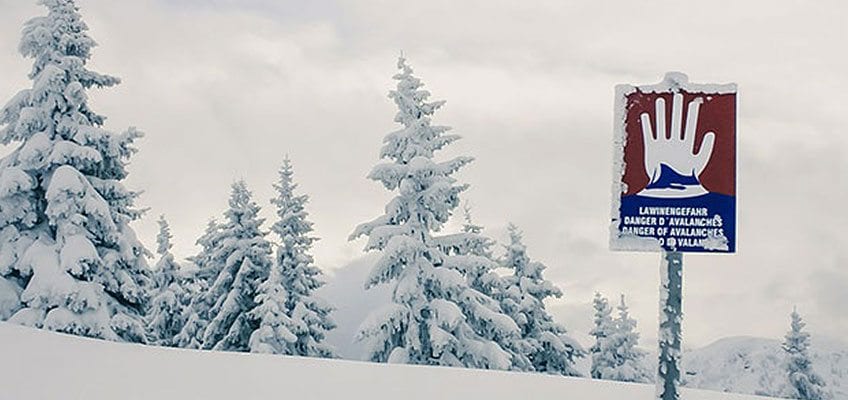The Do’s and Don’ts of Skiing

Attribution: Title: Skiing | Author: Markuss Piske | Licence: CC0 Public Domain
With skiing and snowboarding there are some things you should do and some things you should not, below is a list of do’s and don’ts!
Buying Ski’s
Do’s: Buy gear that is comfortable and fits properly. Try on the gear and double check whether it’s the right fit and style for you. Using gear that is too tight or too big for you will restrict you once you are on the snow.
Don’ts: Avoid buying into the trends seen in magazines, television or from a convincing sales person you can likely get as good quality gear without the expensive advertising price tag.
Tuning Ski’s
Do’s: Wax your skis every time you ski on the snow to extend the lifespan of your skis.
Don’ts: Leaving your skis without waxing can make them dry and slow. The bases become vulnerable and aren’t as well protected. If they get really dry the bases can get warped.
Do’s: Always dry the skis well by wiping them down with a towel after skiing in the snow.
Don’ts: Leaving the skis without drying them all night will make the edges rusty and damage your tune.
Ski Boots
Do’s: Buy boots that are comfortable and soft inside. It takes about 9 to 10 days of skiing for the boots to break in and be comfy so take this into consideration before going on your holiday. It may be worth breaking a new set of boots in at an artificial slope before your holiday.
Don’ts: Avoid buying online unless you have been in to a store first and tried different ranges on boots on, this way you will avoid expensive shipping costs returning the skis should they be an incorrect size or simply don’t match your style.
Do’s: Always check to see whether you can feel your toes touching the end of the boots and the heels fit properly into the heel pocket. Even though it might seem tight, buckle the boot and flex into it to seat your feet and get the correct fit.
Don’ts: Avoid buying boots that are even slightly loose for you as skiers need a firm fit. The easiest way to know is to check whether you can feel your toes touching the tip of the boot, if you don’t then it is probably too big for you.
Do’s: Keep your boots warm at all times. After skiing keep them in an area which is warm and avoid leaving the outside.
Don’ts: Do not leave your boots in a cold place as this can lead to damp and moisture getting into the boot. Instead leave them in a warm area to try out and remove any moisture.
Ski Binding
Do’s– Buy bindings according to the housings as this will give you equal control over the skis.
Don’ts- Do not buy a binding based on DIN rating. Even though a binding may be within the right range the frame can be overpowered by the skier.
Clothing
Do’s: Wear a wool or synthetic base layer. It is warmer, dryer and comfortable.
Don’ts: Do not wear cotton as a base layer as it absorbs all the moisture and keeps the body cold throughout the day.
Do’s: Buy a proper washing detergent made for technical outerwear for your ski gear.
Don’ts: Avoid cleaning you ski gear with just any other detergent as it will ruin the DWR treatment on your ski pants and ski jackets and clog up the pores on the waterproof casing which keeps you dry.
Ski Goggles
Do’s: Treat your goggles like professional eye wear as they are built to protect your eyes from getting damaged.
Don’ts: Do not manhandle your goggles as the scratched lenses or broken straps can cause unwanted accidents and visual impairment.
Ski Helmets
Do’s: Get a helmet that is firm but not tight and replace every 5 years or if you notice any visual damage that may have weakened the protective layers.
Don’ts: Avoid helmets that are too big for you as these can do more damage than good in the event of an accident.
Leave a Reply
Want to join the discussion?Feel free to contribute!